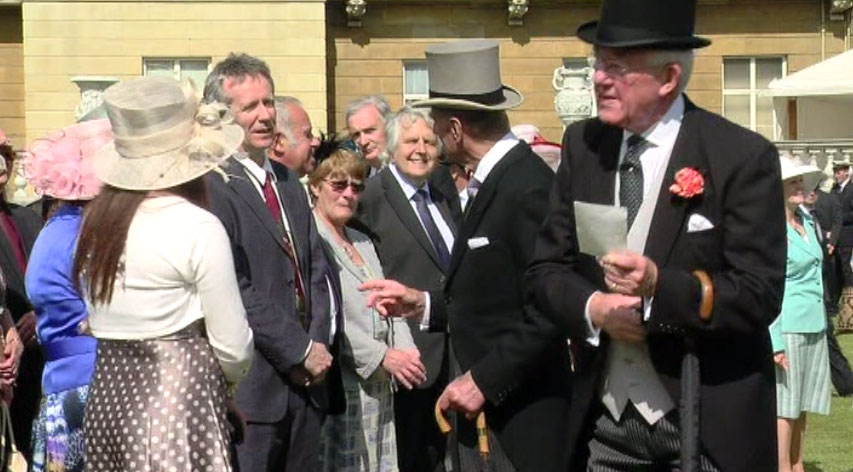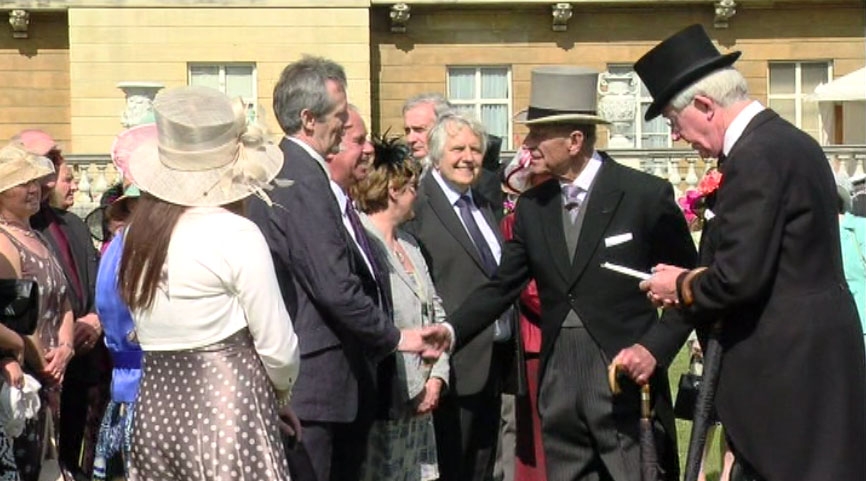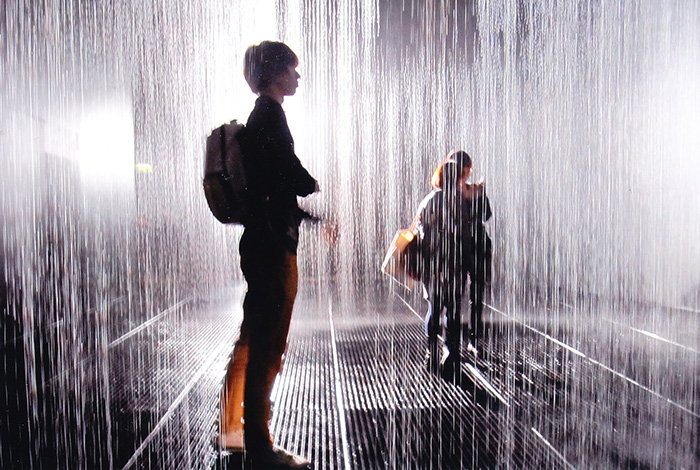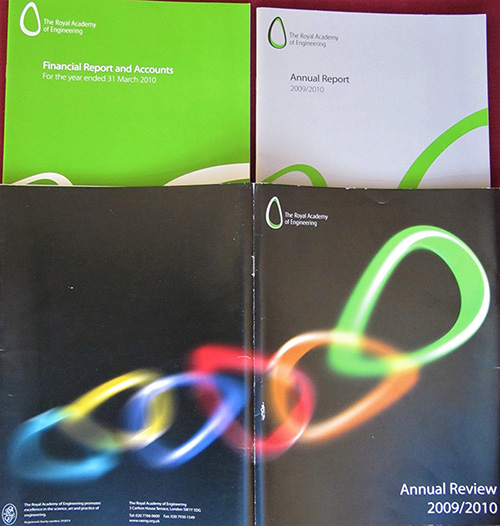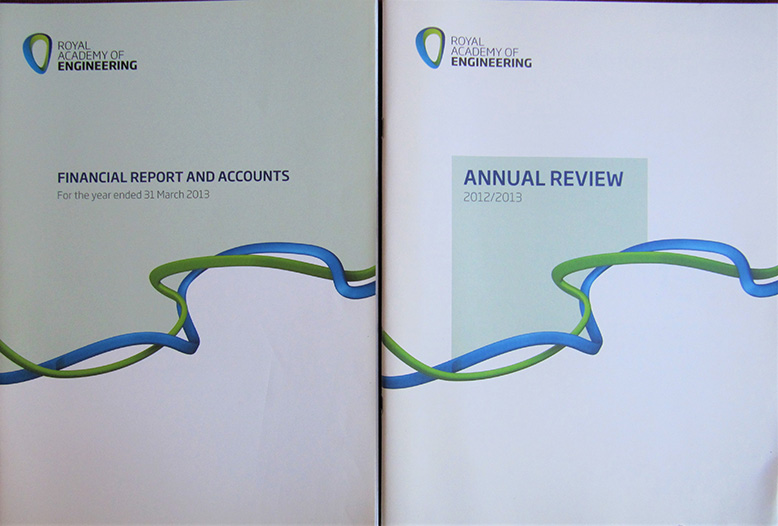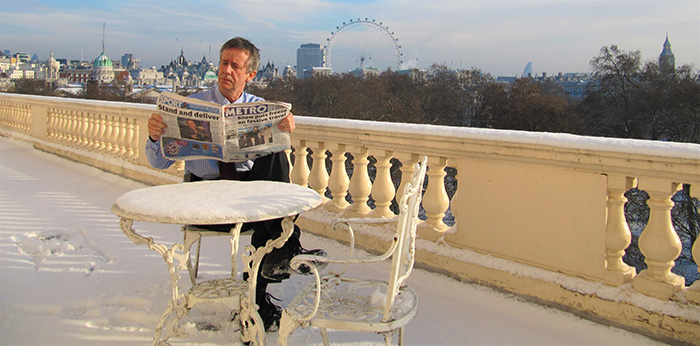
Dominic on a snowy Academy balcony on Carlton House Terrace. The buildings on the street were designed by John Nash 200+ years ago and overlook St James' Park, London Eye and Big Ben - December 2010.
Royal Academy of Engineering
When I first arrived at the Royal Academy of Engineering in 2004, there were a few dozen staff distributed across several office floors in Great Peter Street, Westminster SW1. A few years' later, we moved to more spacious and grander premises overlooking The Mall and by the time I left the organisation in 2015, there were over a hundred people in the Academy workforce.
The 1,800 Fellows of the Academy represent the UK's top engineers who freely give their time to help run reviews, reports and committees. Their input influences government policy-making, drives education initiatives and enables the mentoring of entrepreneurial engineers at the beginning of their product/company journeys.
Philip Greenish CBE was the CEO during my time there. His dynamism and vision helped propel the Academy from an organisation that was deciding what purpose it served, to one that led on engineering issues in a multitude of directions. He worked with Academy Presidents Lord Alec Broers, Lord John Browne, Sir John Parker and Professor Dame Ann Dowling during that time.
My mission was to make sure that all corporate publications - like the annual reports and financial reviews - came out on time and to a high standard. I was editor of the Academy website growing it from tens of thousands visits to hundreds of thousands. I was fortunate to be assisted by five very different talented young assistants during this time who nearly all moved on to more exciting posts with more responsibilities.
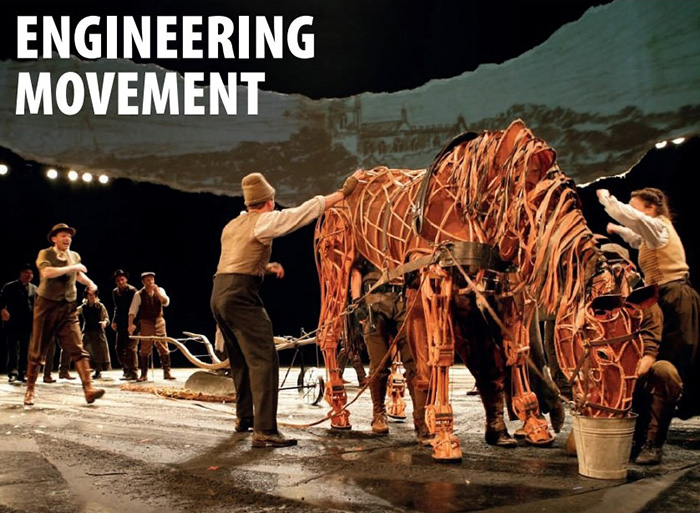 A special
mention to that formidable and creative talent Chris Atkinson, who
died so tragically young. Here's his lovely article on the
engineering behind the War Horse puppets that came out in
the magazine I edited in September 2009. A few weeks after its
publication in Ingenia, the Queen
went to see a War Horse theatre performance thanks to her
husband reading Chris's article the month before. You can imagine
him saying 'We've got to see this love, it's got horsesand
engineering, can you check your diary and pencil in a date?".
A special
mention to that formidable and creative talent Chris Atkinson, who
died so tragically young. Here's his lovely article on the
engineering behind the War Horse puppets that came out in
the magazine I edited in September 2009. A few weeks after its
publication in Ingenia, the Queen
went to see a War Horse theatre performance thanks to her
husband reading Chris's article the month before. You can imagine
him saying 'We've got to see this love, it's got horsesand
engineering, can you check your diary and pencil in a date?".
Prince Philip helped establish the Royal Academy of Engineering in the 1970s and was a great supporter of the Academy - indeed, its building on Carlton House Terrace is named after him. He hated article headlines that contained puns and told me so, when we met at the Buckingham Palace Summer Garden Party in June of that year. You'll see in the photos alongside that he jumped back when I also asked him if he would write an article for Ingenia.
It wasn't my idea to ask Prince Philip. I knew that the magazine's Editor-in-Chief, Dr Scott Steedman CBE, was due to have a personal audience with him at the Palace to discuss this. You'll see that we avoided any puns in heading the Duke's resulting article 'Promoting Engineering'. It was such a rare thing for Prince Philip to write and for his drawings to be published. The Times honoured this occasion by drafting a shortened version of his Ingenia article and promoted it on their front cover.
|
Prince Philip asks who I am at a Buckingham Palace Garden Party 2009. |
Prince Philip says Don't use puns in your headlines. |
Being Managing Editor of Ingenia was my proudest achievement. Over the years, I got a database list of all 3,500 UK schools that had a sixth form that taught A Level students. I sent the magazine to a named Head of Science or Head of Design and Technology in every school. The magazine was sent out for free to all those schools, and still is. We had feedback saying that teachers would hand individual copies to students that showed an interest in physics or engineering. Or would keep a copy in the school's library for reference.
Sometimes I took photos for Ingenia. This was taken in the Barbican's RAIN ROOM. An amazing installation where people could walk through the room and not get wet.
The magazine had to be easily read and understood by 16-year olds. A hardcopy also went free of charge to all the Academy Fellows and thousands of other engineers worldwide, so we couldn't dumb down the content or they would have complained vociferously. It's a tricky balancing act to appeal to 16-100 year-olds, who have little, or decades' worth of, engineering experience.
The Ingenia editorial board was filled with Fellows who were passionate about engineering and especially about new UK engineering innovations. My favourite people on that Board included the great Professor John Burland CBE (he saved the Leaning Tower of Pisa from falling); the super-cyclcist Professor William Webb (former President of the IET, who sometimes cycled from Cambridge to central London for editorial board meetings); Derek Hanson (ex-ICI, whom I leant on for any chemical engineering content) and Mike Kenward OBE (who generously helped out with writing tasks when things got difficult).
My previous job had been Publications Manager at the Spinal Injuries Association. There was some continuity between the two posts as I employed freelancers with spinal cord injuries to layout publications and to write articles for Ingenia.
And a special mention to Hakan Altinisik. He was on my original interview panel and has remained a friend since I/we left the Academy. He is one of those rare people that can master both the back end and front end of websites. He built many of the Academy websites during his time there (including a couple of iterations of Ingenia) which was so reassuring for me as their editor. I only had to worry about providing content, while the technical side remained trouble-free. In fact, to tell a secret, if it wasn't for Hakan, this website would never have been built!
|
There were a couple of re-branding exercises we had to implement with the Academy's publications during my 11 years. This is an example of the flint logo concept that took its lead from Man's earliest tools. |
The thread concept and inverted logo came into being for these annual reports onwards... |
